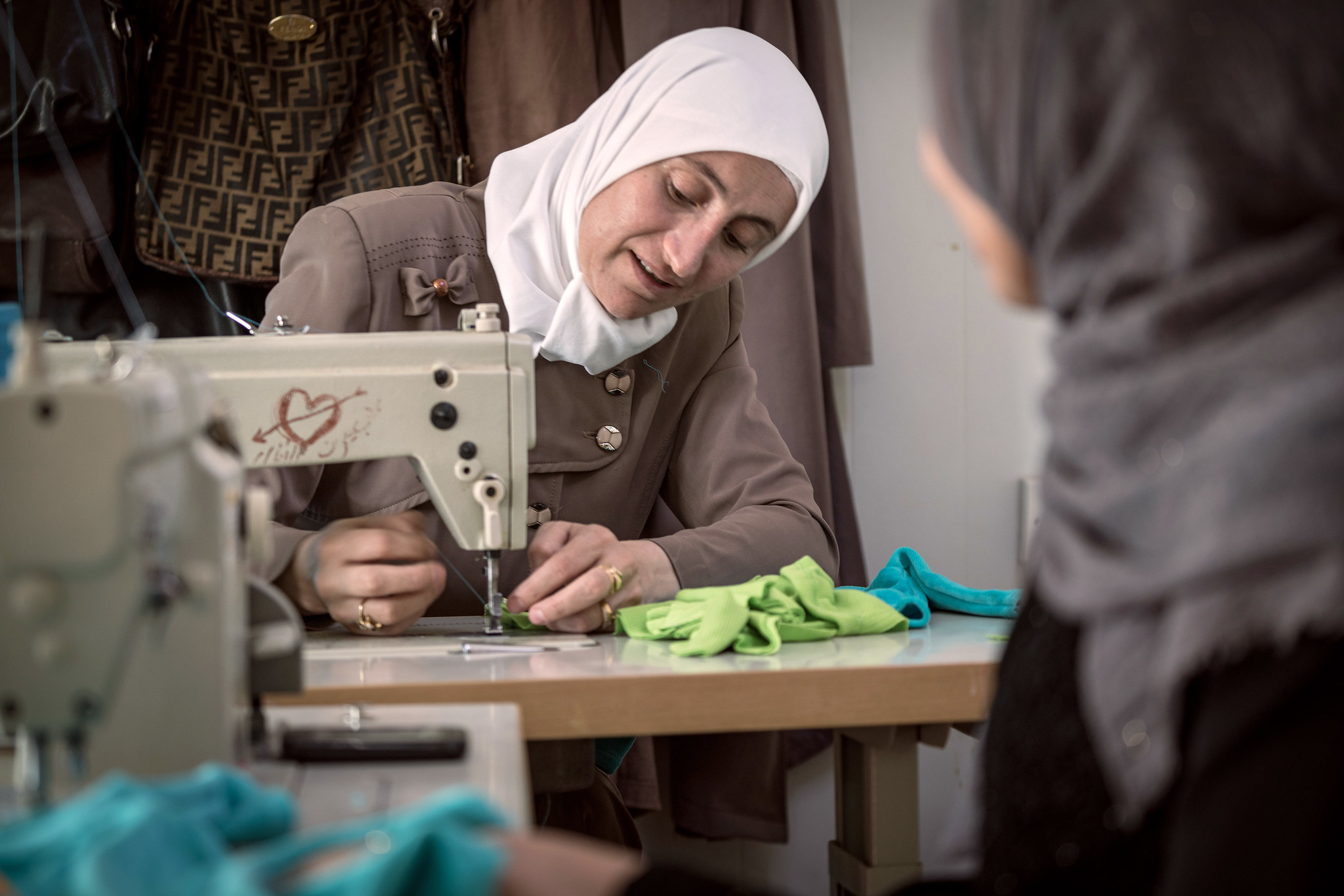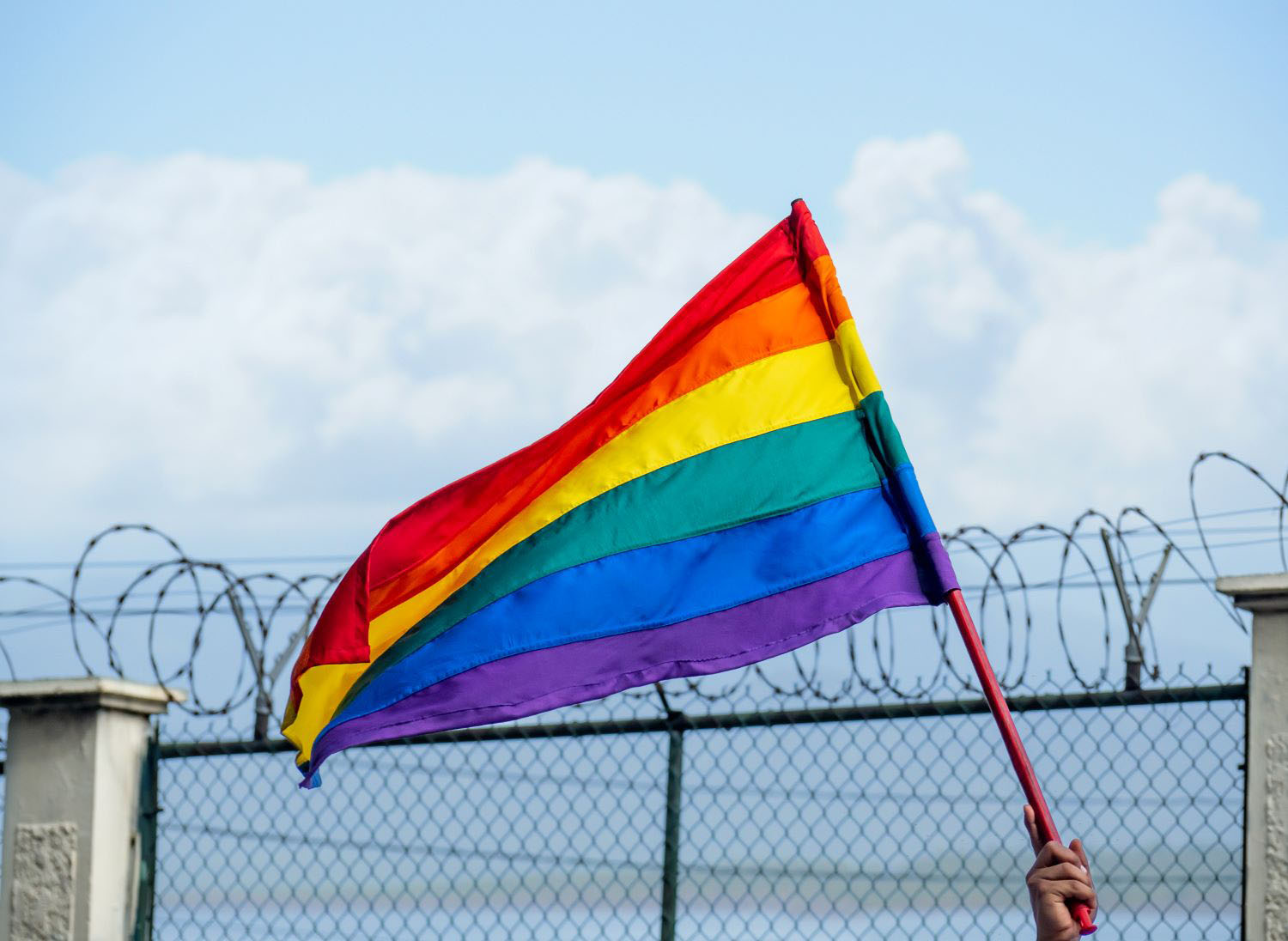Recommended
Russia’s bombardment of Ukraine created a crisis of displacement on a scale not seen in Europe since World War II. It is heartening to see the exemplary global response, particularly by neighbouring states, European Union states, and EU institutions. Still, the response begs a question: “Why aren’t other people who are displaced treated this way?” The response to Ukrainian refugees suggests a direction in which the response to every person who is displaced should move.
In response to the crisis in Ukraine, the EU activated its Temporary Protection Directive this year for the first time ever. Its protections for Ukrainians fleeing the conflict in their country include residency rights, social welfare assistance, housing, and access to the labour market, in addition to more standard services such as education and medical care.
The aim of the directive is to welcome Ukrainians “quickly and humanely.” It’s focus, as the president of the European Commission has said, is to “go local”—to work with local stakeholders who know best what is needed— and to “speed up!”— to accelerate the provision of services to refugees. To enable this, the Commission has provided access to funds for schooling, hospitals, reception facilities, skills development, employment support, and childcare facilities.
In this context, Ukrainians are recognised as having a right to refuge and to dignity—and to learn, develop skills, and work as active participants in hosting societies. Ukrainians are thus spared the cycle of dependency from day one. This approach affirms the potential of each person and creates an environment in which refugees can enhance the existing social fabric in their host communities. This approach should increasingly be core to the global response to people who are displaced, regardless of nationality.
The calls to “go local” and “speed up” are music to our ears. They are, however, the exception not the rule in crises. How can we build on this new approach to respond to growing displacement globally? The experience of BRAC—the largest nongovernmental provider of services to almost one million Rohingya in the Cox’s Bazar region of Bangladesh—proves that the most effective approaches are those that recognise and build on human capacity. BRAC’s experience highlights five insights that can inform responses in other displacement crises.
1. Most assistance to people displaced is provided by host countries, local communities, and civil society actors on the ground; accordingly, donor governments and institutions should prioritise local engagement from the outset.
All too often, donor funding models go through many international layers and cluster formats. Decisions are made far from where they are implemented, and few resources left for local allocation. There is also reason to think the structure that supports short-term humanitarian work is not fit for longer-term needs. A more integrated, development-like approach requires transformative planning that looks beyond existing silos.
The president of the European Commission rightly called for putting local actors “even more into the centre of our decision making and involve them at every step, from drafting regional and national plans, to their implementation on the ground." Funding should follow that decision-making.
2. Listening to the voices of both the people displaced and the host communities is vital.
When vast numbers of people suddenly flee to an area—whether it’s Bangladesh or Europe—the area is dramatically changed. The interests of the people displaced and of the host communities must both be addressed. And they are inherently linked, which is often overlooked. Here again, local actors are best placed to balance and bridge the needs of both.
Creative approaches already exist in that regard. They should be given time to prove themselves. Too often, promising approaches are shut down prematurely by decisions made far from daily on-the-ground reality.
3. Funding and frameworks should always equip people with skills training and the right to work, as is the case with the Temporary Protection Directive.
Here, the call to “speed up” is particularly important in two respects. The shift from emergency assistance to education, skills development, and work, should happen quickly. As much progress as possible should also be made before global attention fades.
That shift is key to enabling refugees to fulfill their potential rather than be relegated to permanent occupancy of an emergency settlement. It is also in the interest of host countries.
As time goes on—the Rohingya crisis is in its fifth year—global attention inevitably lessens and local communities are increasingly left to fend for themselves. The more self-sustainable people are, and the more they contribute to the communities they are in by then, the better. Tools and models exist across the world. We need to scale them.
4. Shifting from emergency assistance to skills development and work entails dispersing people from the initial emergency settlements and integrating them into the social fabric.
Five years after the Rohingya settlement emerged, close to one million people remain there. Yet when Bangladesh spent $350 million to create new living and working conditions for a small percentage of those people in a new setting, international criticism significantly hindered support.
5. The countries hosting the greatest number of people who are displaced should receive sustained international support.
Bangladesh is one of the 10 countries hosting the most displaced people in the world. Bangladesh is also nearing graduation from least-developed country status, which brings with it the loss of preferential trade agreements. Those agreements are among the economic pillars that enable the hosting of the Rohingya. Donor countries should consider minimising the impact of that loss, given the far-reaching security interests of regional stability. It's all the more remarkable that Bangladesh is approaching this crucial economic milestone while hosting almost a million people who are displaced.
Conflicts and climate change will increase displacement in the future. Some crises will get little global notice: 2,000 people now migrate daily to Dhaka, Bangladesh due to climate change.
With the Temporary Protection Directive triggered for the first time, a new framework exists for responding to displacement. The world needs to think differently about how it responds. Our capacity to address growing human suffering depends on it.
Disclaimer
CGD blog posts reflect the views of the authors, drawing on prior research and experience in their areas of expertise. CGD is a nonpartisan, independent organization and does not take institutional positions.
Image credit for social media/web: Adobe Stock






